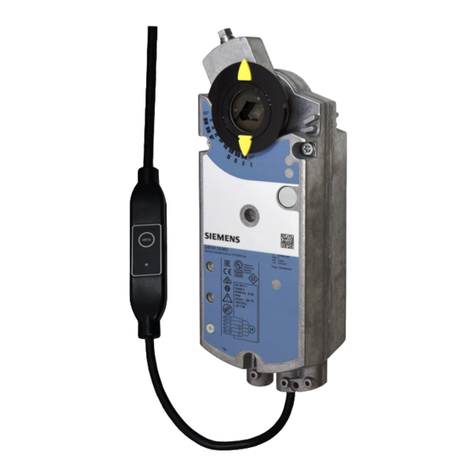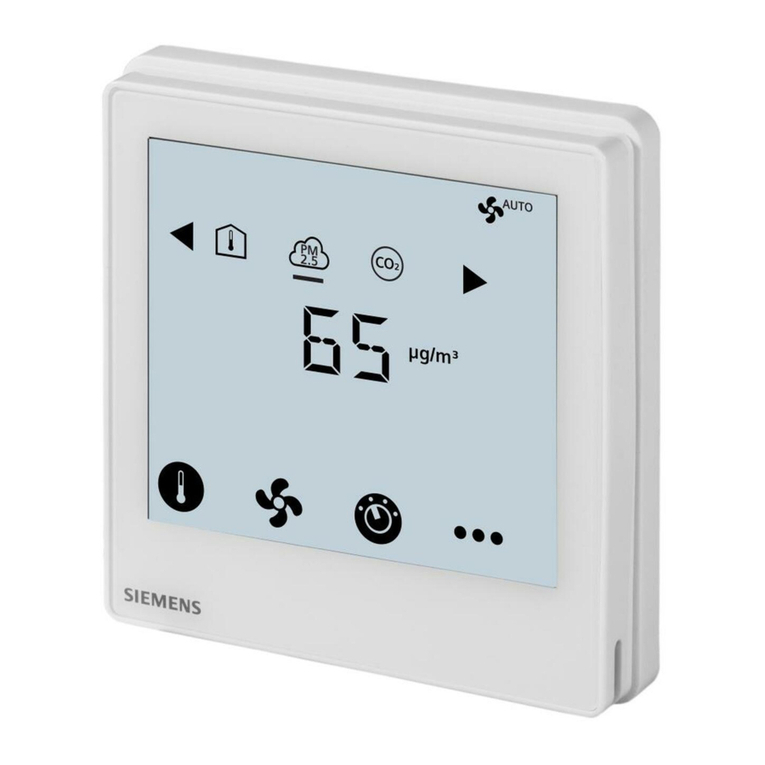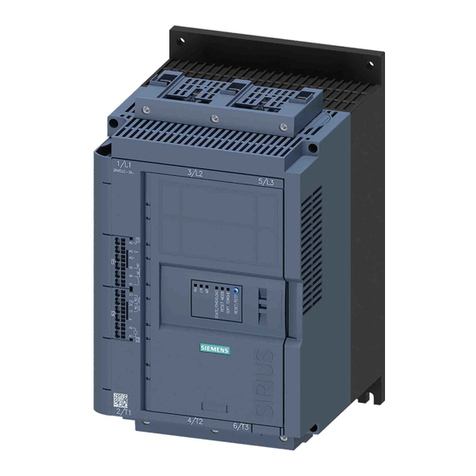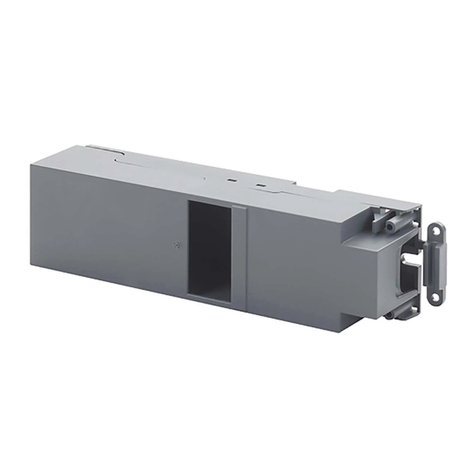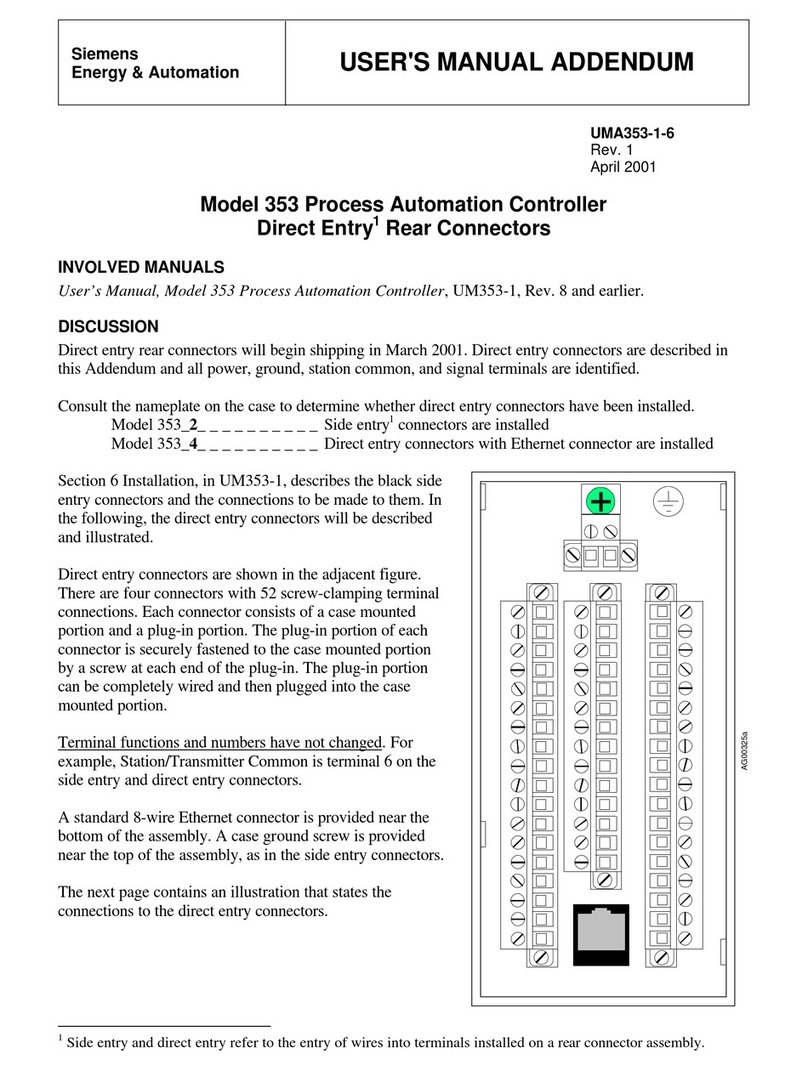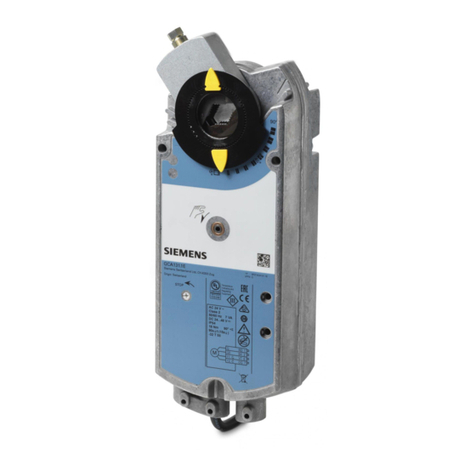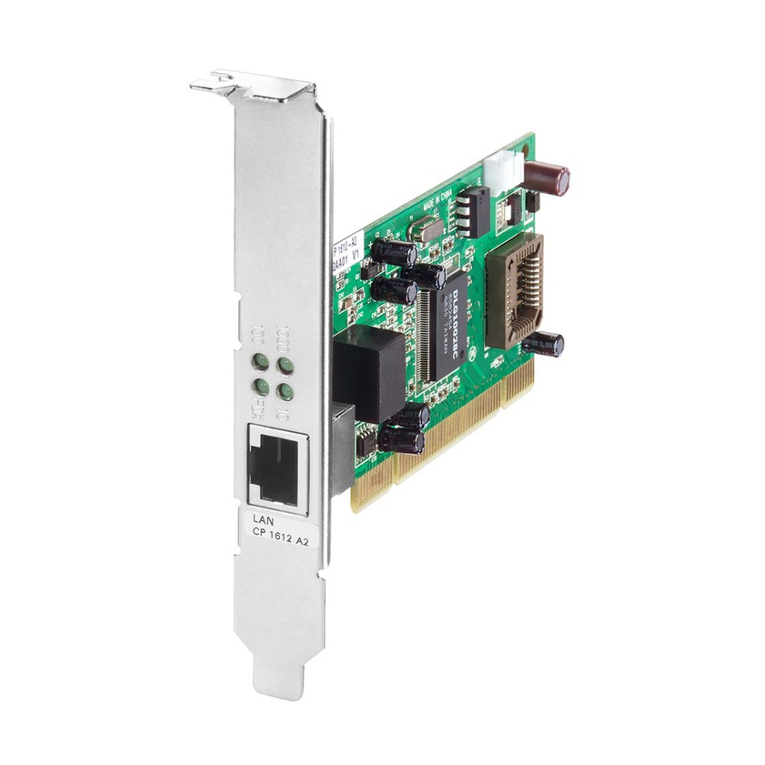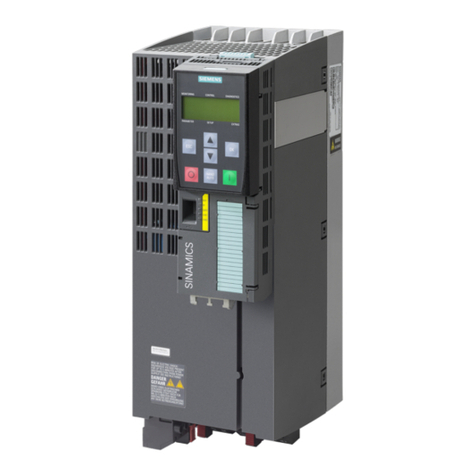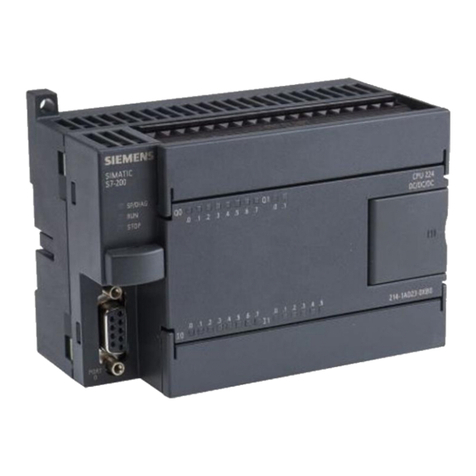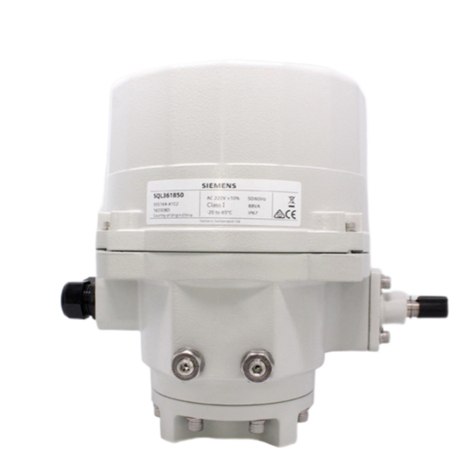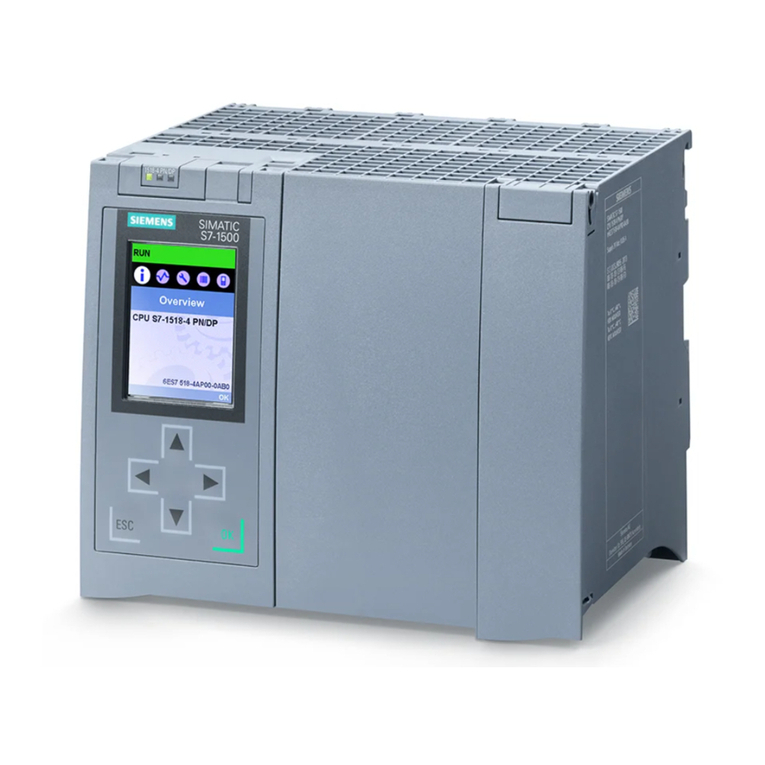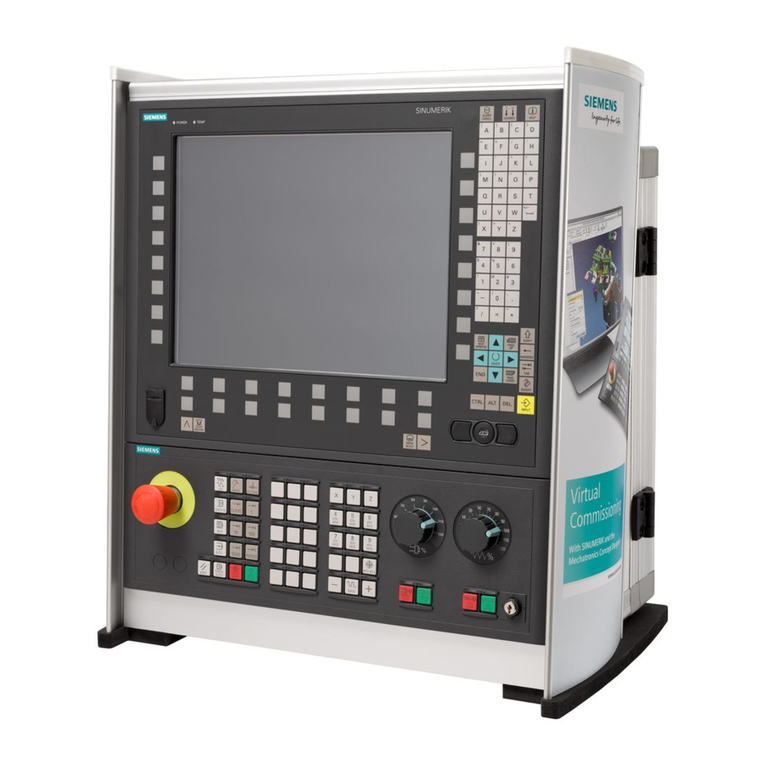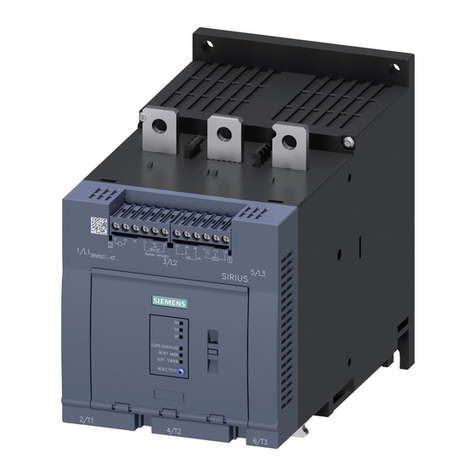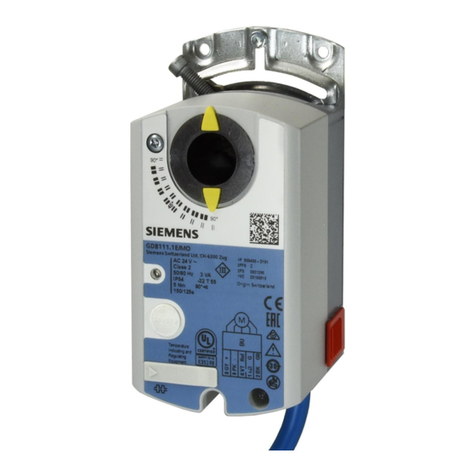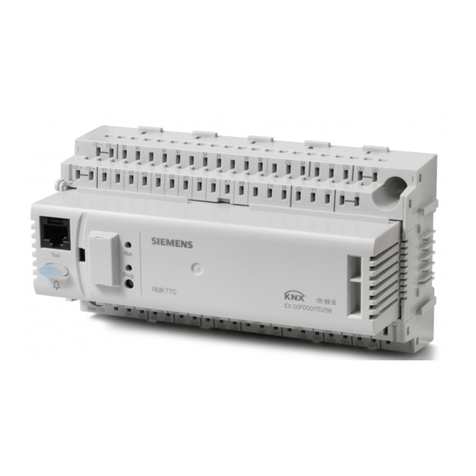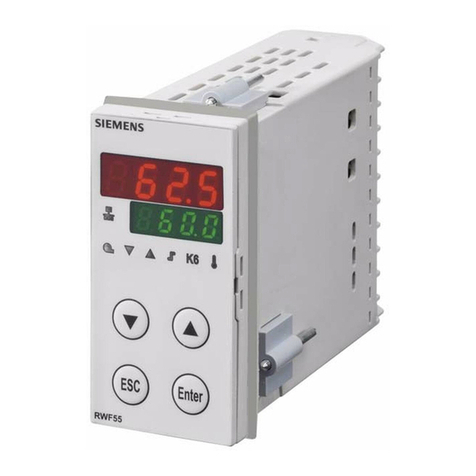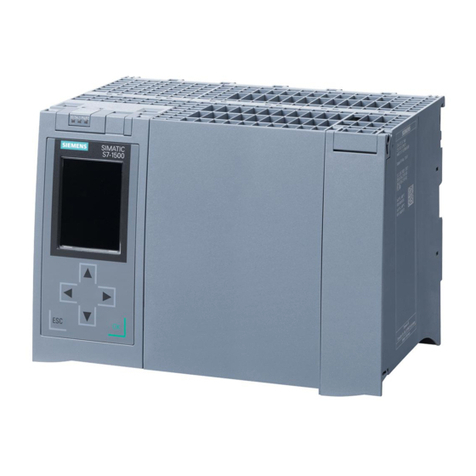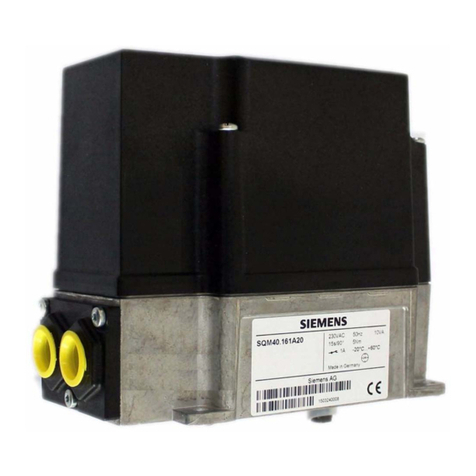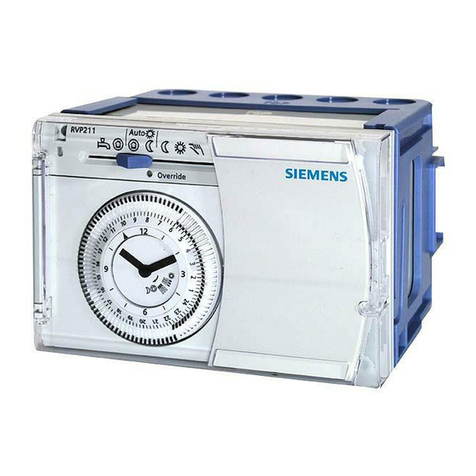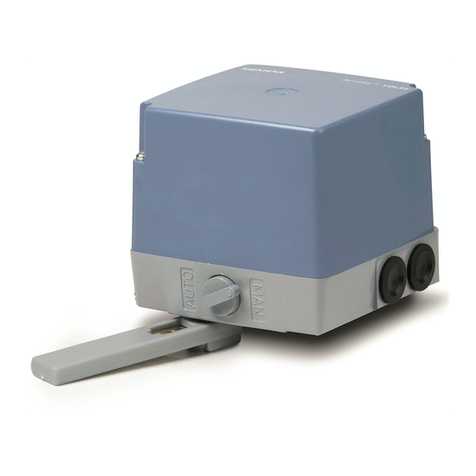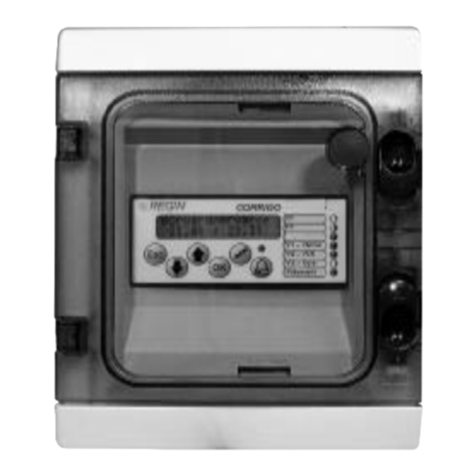
Siemens Protection Devices Limited 5
67/51SEF Sensitive Earth Fault
Provide Directional Instantaneous or Definite Time (DTL)
earth fault protection, with independent settings for pickup
current and time-delay.
Four elements are provided.
Elements can be Inrush-inhibited
User can select the TCC from standard IEC/ANSI or Legacy
Characteristics e.g. 101 (A) etc. Reset TCC can be user set to
either DTL or shaped, to integrate grading with
electromechanical or other protection devices.
67 Directional Control
Phase Fault, Earth Fault and Sensitive Earth Fault elements
can be directionalised. Each element can be user set to
Forward, Reverse, or Non-directional.
Where multiple elements are provided two could be set for
Forward and two for Reverse, thus providing Bi-Directional
Tri-state protection is a single device.
Phase Fault elements are polarised from the calculated
quadrature voltage i.e. Ia~Vbc, Ib~Vca & Ic~Vab.
Earth Fault/SEF elements are polarized from internally
calculated Zero sequence Voltage, i.e. Io~Vo.
51c Cold Load
When a circuit breaker is closed onto a ‘cold’ load, i.e. one
that has not been powered for a prolonged period, this can
impose a higher than normal load-current demand on the
system which could exceed ‘Normal settings’. These
conditions can exist for an extended period and must not be
interpreted as a fault. To allow optimum setting levels to be
applied for normal operation, Cold Load causes the 67/51
elements to change to 67/51c settings i.e. Setting/TCC/Time
Multiplier /Follower delay times, for a limited period. Cold
Load resets and returns to ‘Normal settings’ when either the
circuit breaker has been closed for a User set period, or if the
current has fallen to below a set level for a set time and it is
safe to return.
51V Voltage Controlled OverCurrent
Element has settings for UnderVoltage pickup level and
operates if voltage falls below setting. On Pick-up this
element applies the set 51v Multiplier to the pickup setting
of the 67/51 phase fault elements.
60CTS CT Supervision
The CT Supervision considers the presence of negative phase
sequence current, without an equivalent level of negative
phase sequence voltage, for a user set time as a CT failure.
Element has user operate and delay settings.
60VTS VT Supervision
The VT Supervision uses a combination of negative phase
sequence voltage and negative phase sequence current to
detect a VT fuse failure. This condition may be alarmed or
used to inhibit voltage dependent functions. Element has
user operate and delay settings.
64H Restricted Earth Fault - scheme
The measured earth fault input may be used in a 64H high-
impedance, restricted earth fault scheme. The required
external series stabilising resistor and shunt non-linear
Varistor can be supplied.
74TC Trip Circuit Supervision
Up to three trip circuits can be monitored using binary inputs
connected in H4/H5/H6 or H7 schemes. Trip circuit failure
raises an HMI alarm and output(s).
79 Auto Reclose
The controller provides independent Phase Fault, Earth Fault
and Sensitive Earth Fault sequences. They can be set for up
to 4 Shots i.e. 5 Trips + 4 Reclose attempts to Lockout. These
sequences can be user set to any configuration of
Instantaneous (fast TCC) or Delayed TCC protection, with
independent Reclose (Dead) times.
As the user defines which elements are Instantaneous, the
combination of TCC1 plus 50 High set elements & TCC2 plus
50 High Set elements, provides the user with full flexibility.
It enables the optimisation of the protection characteristics,
which will be applied at each point in the protection
sequence. Limits can be set by the user on the number of
Delayed Trips to Lockout or High set trips to Lockout.
The External Protection Auto Reclose sequence allows
AutoReclose to be provided for a separate high speed
Protection device with options for Blocking External Trips to
allow Overcurrent grading to take place.
Single/Triple Auto Reclose
Additional optional functionality is available to provide
tripping, auto reclose and control of three single pole
Reclosers located together and controlled by a single 7SR224
device. The facility to operate each of the three phases
independently for systems where single phase loads are
connected is common in some countries. The 7SR224
provides flexible schemes which are used to provide single
and three pole trip and reclose operations depending on the
fault type detected.
Dead/Live indication
Detection of live voltage is provided for each phase on both
sides of the Recloser. This can be set to provide indication
and alarms.
Loss of Voltage LOV Automation
Additional optional functionality is available to provide
control of Normally Open Points (NOP) and other Reclosers
in the distribution network to provide an automation
sequence of load restoration following a persistent fault. The
sequence is started by the loss of voltage detection, for an
extended period of time, following a complete but
unsuccessful auto reclose sequence, which has caused
Lockout of a Recloser at any point in the network.
81 Under/Over Frequency
Each of the 4 elements has settings for pickup level, drop-off
level and Definite Time Lag (DTL) delays. This function
operates if frequency ‘exceeds’ setting for duration of delay.
Typically applied in load shedding schemes.
81HBL2 Second Harmonic Block
Where second harmonic current is detected i.e. during
transformer energisation the user selected elements can be
blocked
